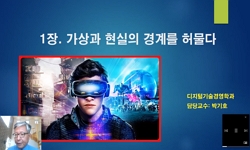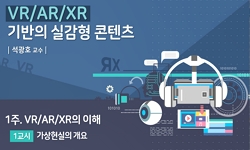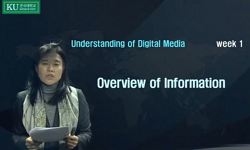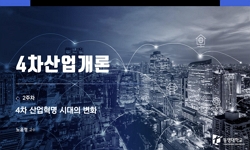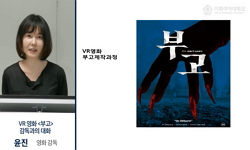A person who performs or plans to conduct a physical protection inspection as stipulated by the law, the act on physical protection and radiological emergency, should obtain an inspector’s ID card certified and authorized by Nuclear Safety and Secur...
http://chineseinput.net/에서 pinyin(병음)방식으로 중국어를 변환할 수 있습니다.
변환된 중국어를 복사하여 사용하시면 됩니다.
- 中文 을 입력하시려면 zhongwen을 입력하시고 space를누르시면됩니다.
- 北京 을 입력하시려면 beijing을 입력하시고 space를 누르시면 됩니다.
3D Training Scenarios Development for Inspection of Nuclear Material in Transit Using Virtual Reality Technology
한글로보기https://www.riss.kr/link?id=A108973722
- 저자
- 발행기관
- 학술지명
- 권호사항
-
발행연도
2023
-
작성언어
English
- 주제어
-
KDC
559
-
자료형태
학술저널
-
수록면
63-63(1쪽)
- 제공처
-
0
상세조회 -
0
다운로드
부가정보
다국어 초록 (Multilingual Abstract)
A person who performs or plans to conduct a physical protection inspection as stipulated by the law, the act on physical protection and radiological emergency, should obtain an inspector’s ID card certified and authorized by Nuclear Safety and Security Commission Order No.137 (referred to as Order 137). In addition, according to Order 137, KINAC has been operating some training courses for those with the inspector’s ID card or intending to acquire it. Also, strenuous efforts have been put to incrementally elevate their inspection related expertise. Since Republic of Korea has to import uranium enriched less than 20% in order to manufacture fuels of nuclear reactors in domestic and abroad, the physical protection for categorization III nuclear material in transit is significantly important along with an increase in transport. The expertise of inspectors should be constantly needed to strengthen as the increase in transport leads to an increase in inspection of nuclear material in transit. We have suggested a special way to improve the inspector’s capacities through Virtual Reality technology (VR). A 3-Dimensional virtual space was designed and developed using a 3-axis simulator and VR equipment for practical training. HP’s Reverb G2 product, which was developed in collaboration with VALVE Corporation and MicroSoft, was used as VR equipment, and the 3-axis motion simulator was developed by M-line STUDIO corp. in Korea for the purpose of realizing virtual reality. The training scenarios of transport inspection consist of three parts: preparation at the shipping point, transport in route including stops and handover at the receiving point. At the departure point, scenario of the transport preparation is composed with the contents of checking the transport-related documents which should be carried by shipper and/or carrier during transport and confirming who the shipper and/or carrier is. Second, scenario is designed for inspector to experience how carrier and/or shipper protect the nuclear material during transport or stops for rests or contingency and how they communicate with each other during transport. Lastly, scenario is developed focusing on key check items during handover of responsibilities to the facility operator at the destination. Those training scenarios can be adopted to strengthen the capabilities of those with inspector’s ID card of physical protection in accordance with Order 137 and to help new inspectors acquire inspectionrelated expertise. In addition, they can be used for domestic education to promote understanding of nuclear security, or may be used for education for people overseas for the purpose of export of nuclear facilities.
동일학술지(권/호) 다른 논문
-
- 한국방사성폐기물학회
- Hyun Young Kim
- 2023
-
- 한국방사성폐기물학회
- Hyun Young Kim
- 2023
-
Performance Evaluation for Commercialization of Real-Time Seal Device
- 한국방사성폐기물학회
- Jung-ki Shin
- 2023
-
Neutron Source Strength Evaluation Based on Spent Nuclear Fuel Characteristics
- 한국방사성폐기물학회
- Dongjin Kim
- 2023




 코리아스칼라
코리아스칼라